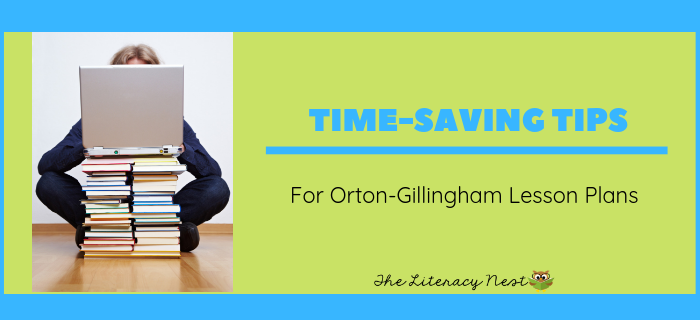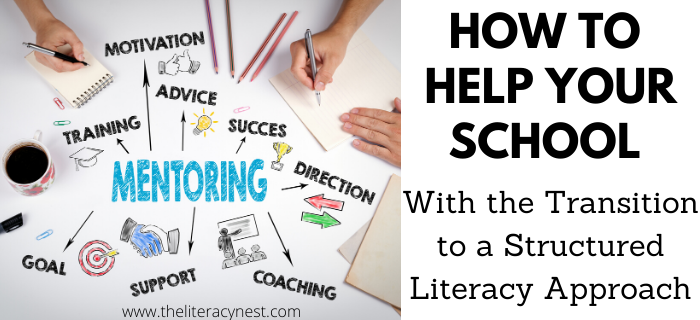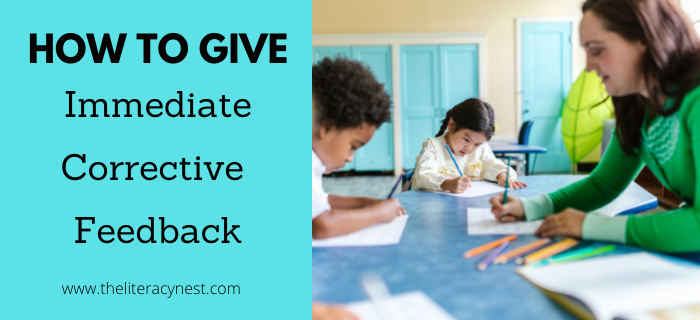Share:
7 Tips for Getting Off to a Great Start with a New Student
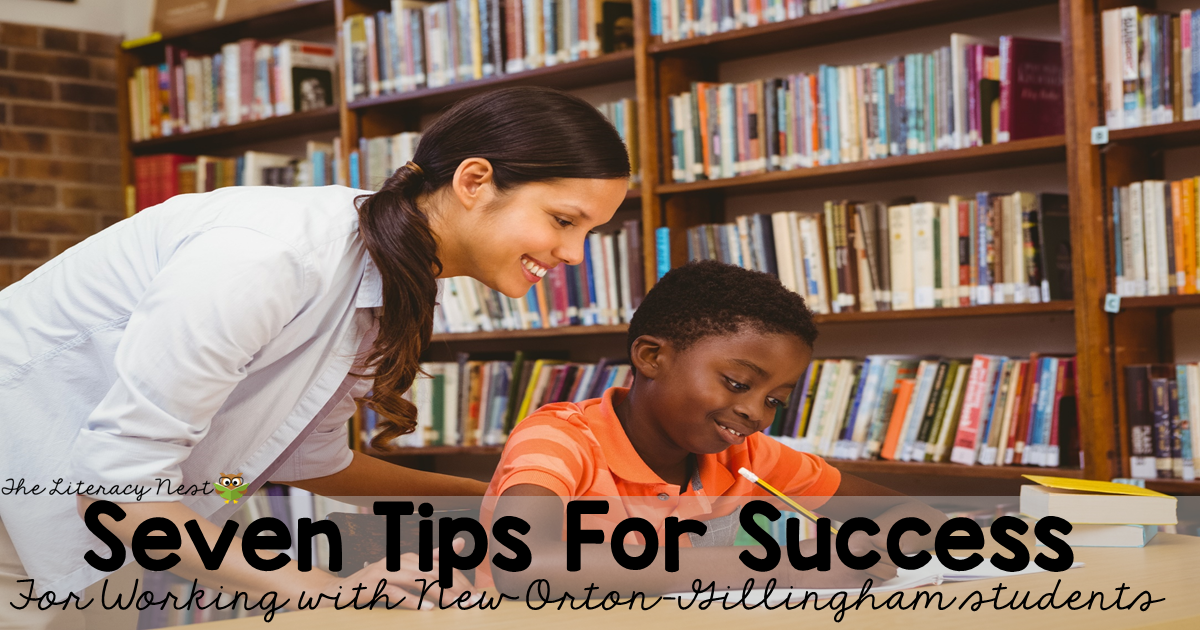
When parents come to me seeking help for their child, very often it is the child’s emotional well-being that has been the final catalyst to seek tutoring. Struggling readers often begin to think of themselves as “stupid” and their overall self-confidence and outlook on learning really suffers. Being a highly skilled, highly trained professional is crucial, but the ability to connect with our students and nurture that affective side of their learning is perhaps even more important to our success as an Orton Gillingham tutor.
For children who have had really negative learning experiences, meeting with a tutor is a scary prospect. They may have had situations where teachers or classmates mistook their challenges for lack of effort and became angry. They may have experienced teasing or feelings of shame. Creating a safe learning environment is incredibly important in order for the student to make gains.
1. Gather information.
When I first start with a new student, I typically begin with an interview followed by some other assessment pieces. This shows the student that I care about their thoughts and feelings about reading and writing, that I value the knowledge they have about their own learning, and that we are working together as a team.
During these initial assessments, I am careful to complete phonological awareness assessments or letter/sound assessments before moving into text reading. Early in my tutoring days, I started assessing a 5thgrader’s text reading at a 2nd grade level based on parent input. I ended up having to back up all the way to an emergent level text. It is not desirable to have a student experience a lot of failure during your initial assessment, although obviously it is necessary to get accurate information. One way that this can be done in a way that builds trust is to take responsibility if something is too hard. “Oops. This is not the right story. I made a bad choice, so let’s stop this one. I think this is going to be a better choice.” Also letting the child know that you don’t expect them to know everything. “There are hard words here. Don’t worry if you don’t know them all, just do the best you can.”
2. Get to know each other.
I like to play a “Getting to Know Each Other” board game. If I know that a student likes a particular character or theme, I will use a game board that is tailored to those interests. Using a simple roll the dice, follow the path game with cards, we learn about each other’s favorite colors, seasons, movies, books, snacks, holidays and school subject. I read the cards to them and I answer questions as well. Right away students see that I am going to support them and that the tutoring relationship differs from the relationship between a classroom teacher and her students. I share stories about my kids or pets and make a point to ask them about their activities. For particularly shy or reticent students, I will return to this activity with new questions or “Would you rather?” scenarios during the first few lessons.
3. Take time to teach procedures.
Think back to a time you were headed to a conference or a new course. What are the things that typically worried you? If you are anything like me, you are less worried about the actual content of the course beforehand than things like whether you will have an opportunity to leave the premises for lunch, whether there will be a coffee station that is accessible, how to find your way around and not knowing the particular instructor’s routines. Students of all ages get very nervous about not knowing how things are done. So, to make students comfortable as well as to keep lessons moving efficiently, it is worthwhile to take time early on to teach the lesson procedures and routines explicitly. So, perhaps the first few lessons are spent staying within the child’s known literacy skills to teach lesson procedures and a shared vocabulary.
4. Use early lessons to expand assessment findings.
Since assessments are a snapshot of a child’s performance at a single point in time and our students, in particular, often are inconsistent in their knowledge from one time to another, it is useful to take note of the ways in which a student processes information. You may find that students are shaky on some of the things they “knew” on the assessment and may have partial knowledge of some things that appeared as “unknown” in a formal testing situation. Keep in mind that there are degrees of knowing and your goal is fluency and automaticity.
5. Be deliberate and sparing with your words.
Students with dyslexia struggle with language. As teachers, it is common for us to use an abundance of words to explain, describe, praise, correct etc. There is benefit to silent pointing, finger masking or very specific prompts such as “underline the vowel”. Entire books have been written about praise and how to make praise the most effective it can be. Be careful to avoid statements like “This is easy!” because these seemingly innocuous statements can go easily awry. If you say that something is easy and then the student struggles unexpectedly, it erodes both their trust in you and their belief in themselves. If something was easy, you could say “Wow! You whipped right through those words! Nice job!” or if something was challenging but the child persevered, you could say “That was really tricky and you worked very hard and figured it out!” Continue to take ownership of texts or words that turn out to be too difficult. Rather than saying that something is “too hard” you might say “Uh oh. This has something I haven’t taught you yet.”
6. “Go as Fast as You Can and as Slow as You Must.”
During my OG training, this was something my trainer said to our class. This concept of staying on the cutting edge of a child’s learning is a key part of any intervention program. This means not only continually moving forward and incorporating deliberate review, but ensuring that the child experiences many small successes during each lesson. Ultimately success is what will feed and nurture the child’s self-esteem.
7. Have some fun and offer some choices.
Part of building a relationship as a team is sharing some of the decision making with the student. Something as simple as giving them a choice between two books or what surface they want to trace their new phonogram on gives them a voice and shows them that you value their opinions and thoughts. Incorporating a quick game or fun activity keeps them engaged and breaks up the hard work. Activities to work on visual tracking, working memory, or letter reversals often look and feel more like play than work. These make a great follow up to the hardest part of the lesson for a particular child or a change of pace.
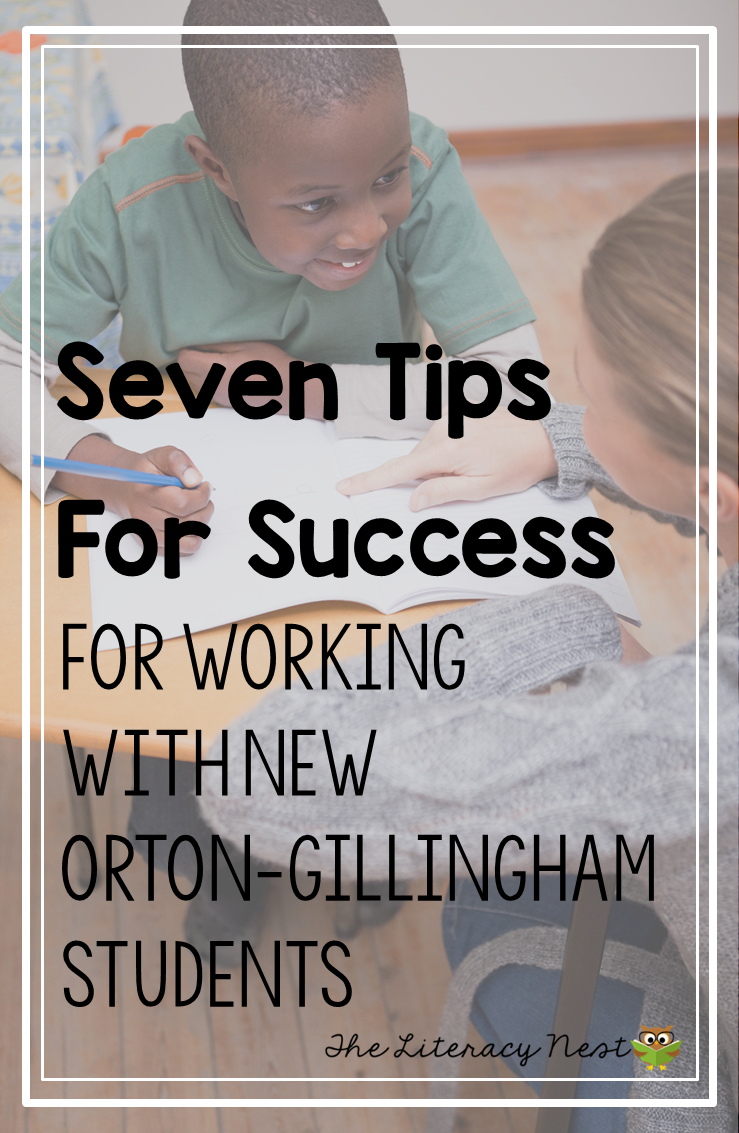 |
| PIN ME! |
These are some ways to get things off to a good start with a new Orton Gillingham student. Setting the stage for success and building a strong relationship from the start is incredibly helpful, but ultimately building a strong rapport requires time, patience and an open mind and heart.
Share:





